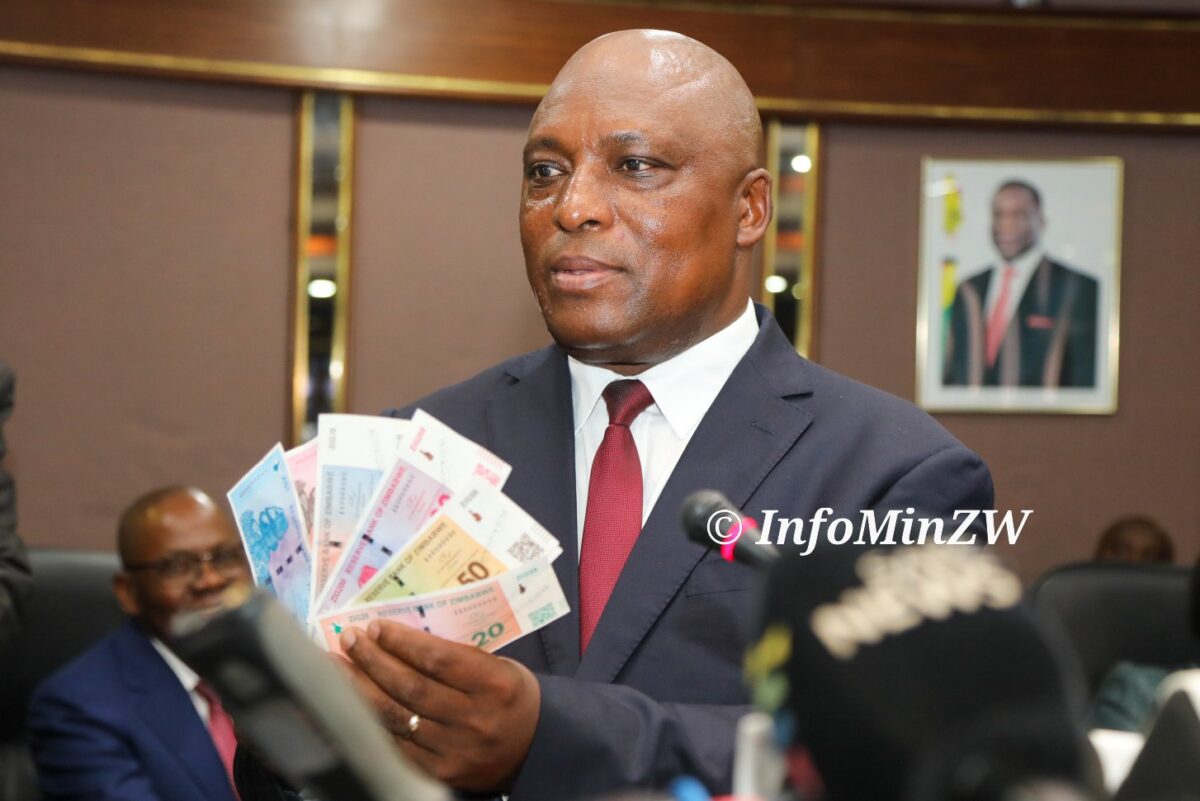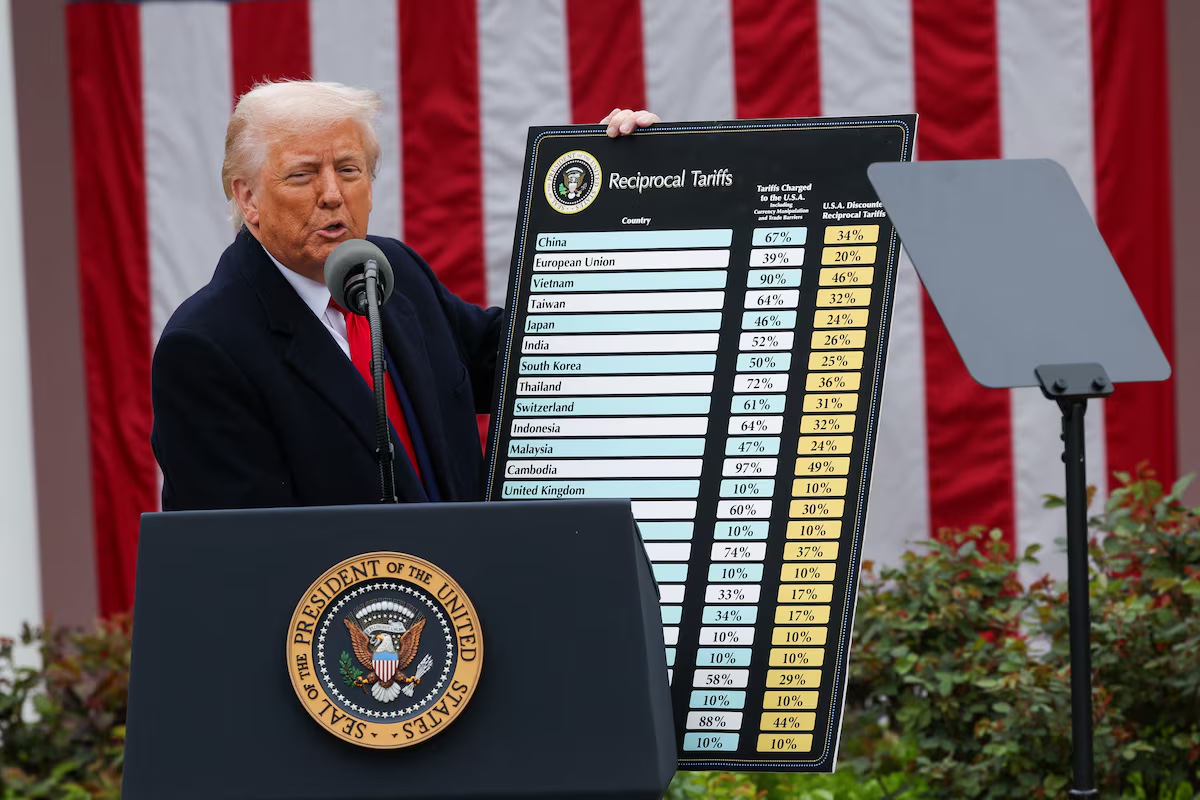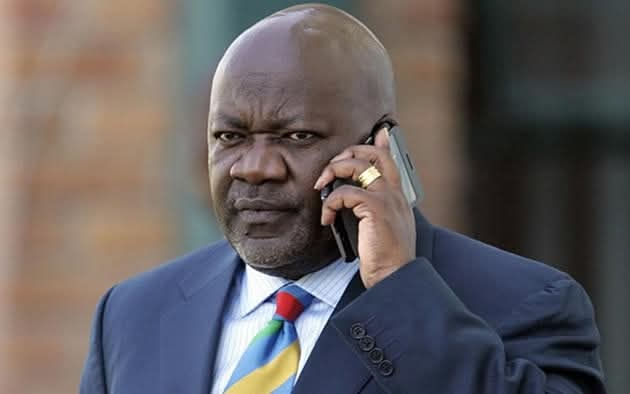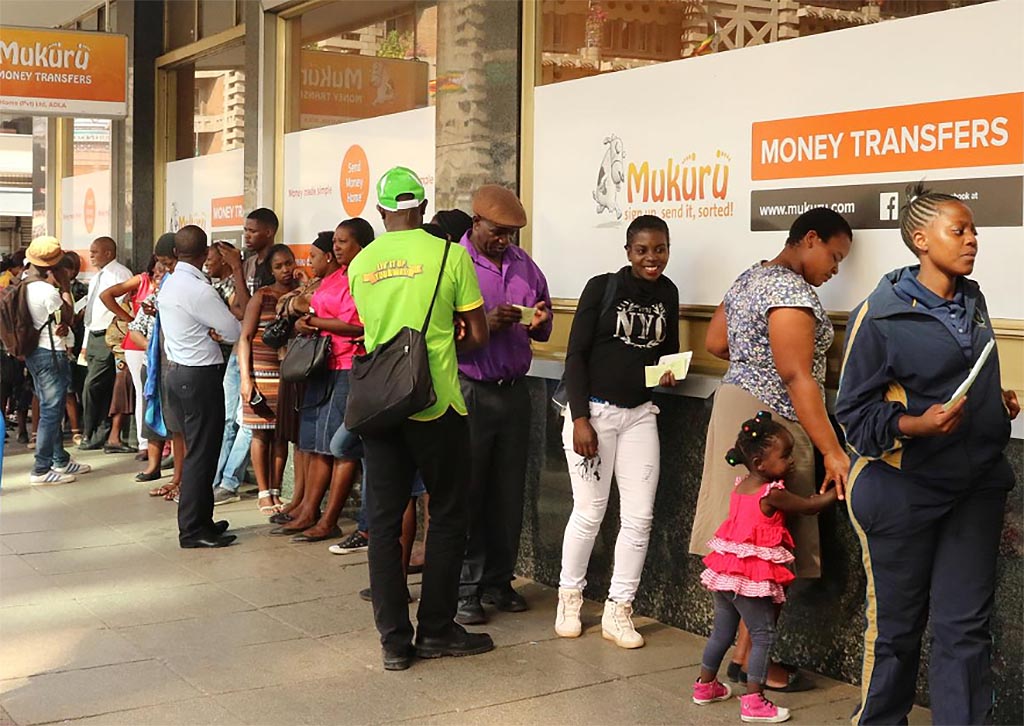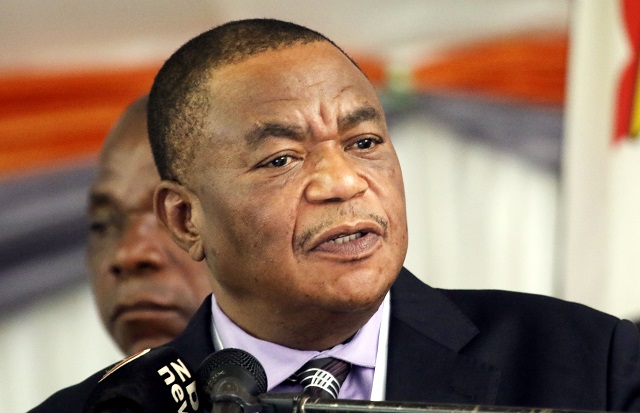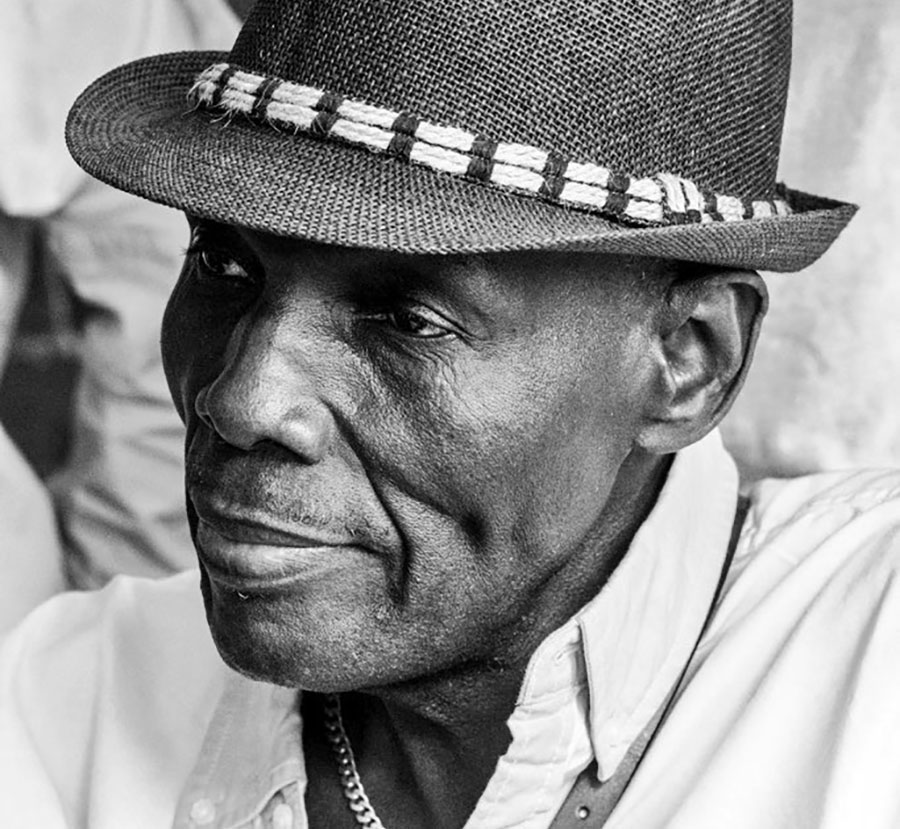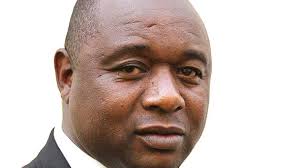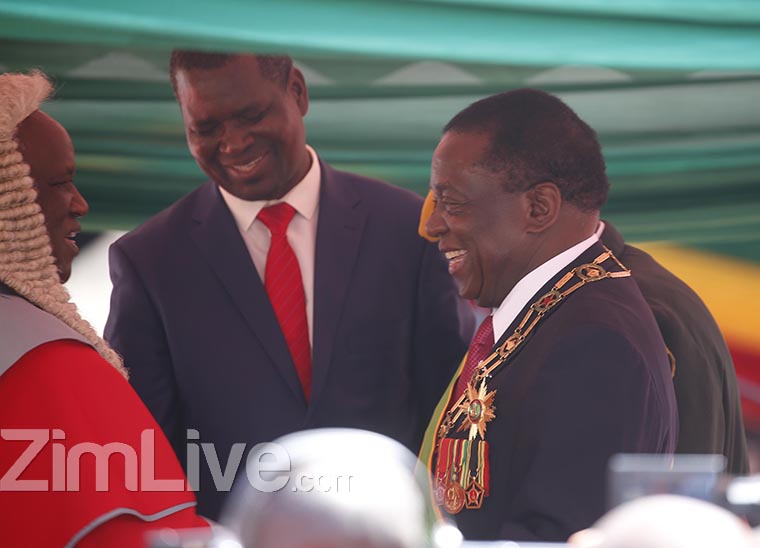HARARE – Zimbabwe’s new currency, the ZiG, made its debut this month and a number of economists have had their say as Harare makes a sixth attempt at introducing a revamped unit.
Zimbabwe’s Reserve Bank Governor, John Mushayavanhu introduced the ZiG as the new local medium of exchange on April 5. The notes and coins will come into circulation by the end of the month, but for now the electronic version of the ZiG was operationalised.
The ZiG is currently trading stronger than the South African rand.
The Rand was trading at R18.71 to the ZiG at 09:30am on Friday.
Mushayavanhu set the introductory exchange rate of 13.56 per US dollar when the ZiG started trading on Monday.
On Tuesday, the currency maintained its position and traded at 13.53 to the dollar, according to data from the Reserve Bank of Zimbabwe’s website.
On Wednesday, the ZiG was trading at around 13.11 to the dollar and by the end of the week the currency traded at 13.08 to the dollar.
The Zimbabwean government has linked the ZiG to the price of gold in an attempt to reduce volatility. A single ZiG is worth around 7 US cents, the same price of a milligram of gold.
Mushayavanhu has advised that the country will not be returning to the gold standard.
Over the week the Reserve Bank has noted that the currency has gained strength each day and it should be noted that this was a stark difference to the Zimbabwean dollar.
The Zim dollar lost value every single trading day of 2024 and was abandoned on April 5.
According to Daniel B Ndlela, the managing director at Zimconsult Economic Planning Consultants, the ZiG’s gain over the week against the dollar is of no consequence.
Ndlela said that these gains were more likely to be mere fluctuations in the local currency or a reaction to the British pound gaining 0.2% at the same time specifically on Tuesday, April 9. He added that the strength is very unlikely to last.
In terms of the gold reserves to back up the currency, Ndlela said that the central bank claims that the ZiG will be fully backed by $100 million in cash and 2,522 kilograms of gold worth $185 million.
“There is no transparency to ascertain that they have enough gold reserves to back up this local ZiG currency,” according to the economist.
When asked about how the international markets will react to the new currency, Ndlela said that “these markets will certainly adopt a wait-and-see attitude for quite some time”.
The country has tried five times in the past to renew a local currency but has failed. Ndlela said that “these past attempts to manage an effective monetary and exchange rate policy have been thwarted by lax in fiscal policy and interference from the highest political system.”
“All the attempts to renew local currency have failed mainly due to the fact that the Zimbabwean post-independence experience has been characterised by policy incoherence, inconsistency and poor implementation rates,” he said.
Trade economist and adjunct professor of economics at Durban University of Technology, Gift Mugano, was critical of the new currency and said that the ZiG will fail dismally.
“We want a functioning currency so that we can generate savings, investments, pensions and build a prosperous economy,” he added.
Mugano said that Zimbabwe’s money merry-go-round over the years has always been dogged by disagreements clearly drawn on political lines.
Chiedza Madzima, the head of operational risk and Africa research at Fitch Solutions said that Zimbabwe’s market stability will require fiscal discipline, re-engagement with key lenders, and economic shock absorption.
“This will bridge the confidence gap, not pictures of gold bars,” she concluded.
Brains Muchemwa, an economist and CEO of Oxlink Capital, said the new currency is a fresh start for the country.
“The new governor of the Reserve Bank has promised to depart from the quasi-fiscal activities of the previous regime and focus on the core mandate of the central bank. Consequently, the exchange rate has priced the sentiment and considering the thin volumes traded, it’s still too early to tell how far the government will continue to defend the exchange rate by injecting US dollars to stabilise the market,” he explained.
Speaking on the government’s ability to back up the currency with gold reserves Muchemwa said, “The reserve money component of the new currency is just about the equivalent of $90 million in an economy that is dollarised to over $10 billion including the informal market.
“With reserves of around $285 million, the government can easily stabilise the exchange rate if it puts sufficient safeguards to create demand for the local currency through obligating that all taxes be payable in ZiG”.
“Without such support to anchor the demand side, the reserves will not be enough to support the exchange rate,” he added.
In terms of international market reactions, Muchemwa said that the reason Zimbabwe failed five times was largely because the government resorted to printing money to fund the budget.
He still questions whether this will be a new chance for the government to be successful.
“The legacy issues loom large and hopefully this time around, the new governor will be able to advise his fiscal counterparts to slow down on running huge fiscal deficits that are monetised at the central bank, thereby creating unproductive money supply that destabilises the exchange rate,” Muchemwa said.

